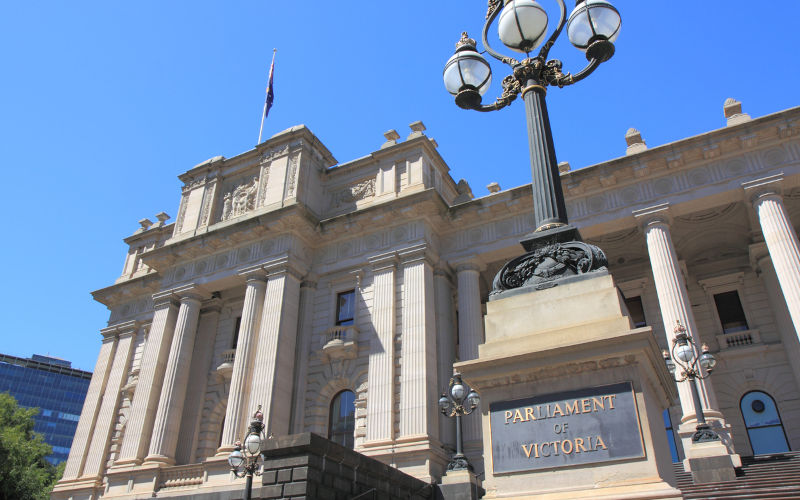It is worthwhile to assess the true character of the performance of the Greens in the recent Victorian Legislative assembly election.
On election night there was too much spin about “greenslides” and failure to acknowledge the extent of the impact of the Liberals’ decision to preference the Greens ahead of Labor.
This is not to say that there were not some definite positives for the Greens about the result. Just that a balanced view would show some strengths and weaknesses and some opportunities and challenges going forward.
Overall, the Greens achieved a modest 0.8% swing towards them across the 88 Assembly seats. This is not great, but better than any of the other major parties, and in an election where minor parties and Independents were eating into the vote of all three major parties in the metropolitan area this was a solid if unspectacular result.
The 11.5% which the Greens received in the Legislative Assembly election is not as good as the 13.7% they received in the recent federal election. This should not be a cause for great concern, but the party leadership should critically analyse the reasons for the decline.
When looked at on a seat-by-seat basis the results are definitely mixed. In some seats they obviously did very well, in others their relatively poor performance was disguised by the flow of Liberal Party preferences.
Two seats which the Greens already held showed really strong performances. In Brunswick, the sitting member received more than 43% of the primary vote and with minor party preferences would have won comfortably irrespective of Liberal Party preferences. In Prahran, the contest between the three major parties is always interesting, but on this occasion the Green candidate led clearly on the primary vote and the Labor candidate came third, so the Green incumbent won decisively.
It is hard to see how the Labor Party could threaten these two seats so long as the party is in power unless some extraordinary local or candidate factors intervene.
However, the outcome in the other seats which the Greens appeared to target is more complex.
In Melbourne, a seat which the Greens retained with a significant majority, the margin is almost entirely due to Liberal preferences. If the Liberals had preferenced Labor, as they are likely to do next time, the result would have been on a knife edge, with a serious risk the Greens could have lost the seat.
The seat the Greens gained from Labor, Richmond, is a similar story. The Greens polled 34.7% while the ALP polled 32.8%. If the Liberals had directed their preferences to Labor, the majority of their 18.8% would have flowed accordingly, resulting in a clear Labor win.
The new incumbent in Richmond may establish her position in a manner similar to Brunswick, or they may face a distinct challenge, as is likely to also confront the member for Melbourne.
It is hard to believe that the Liberals will follow the same strategy as last election with their preferences. If they do not both these Green-held seats will be at risk.
In all the other seats under consideration as Green targets in 2022, the Greens were only competitive on the basis of the Liberal Party’s preference decision. In Footscray, Pascoe Vale, and Preston the Labor Party two-party preferred vote would have been over 60% if the Labor candidates had received Liberal Party preferences. In Albert Park, the new candidate won with more than 60% of the two-party-preferred vote and the Green candidate received only 20% of the primary vote.
It is possible that the Liberal party will direct preferences to the Greens again in 2026. It is too far away to predict confidently. However, if their strategy is aimed at winning the middle-ground I would expect them to preference Labor. If they do then only two Greens seats are likely to be safe, two will be likely to face a strong challenge and all their other targets seem out of reach.
Bob McMullan was State Secretary of the Labor Party and National Secretary as well as a Senator, MP and Cabinet Minister. He is now a Visiting fellow at the Australian Studies Institute at ANU.
